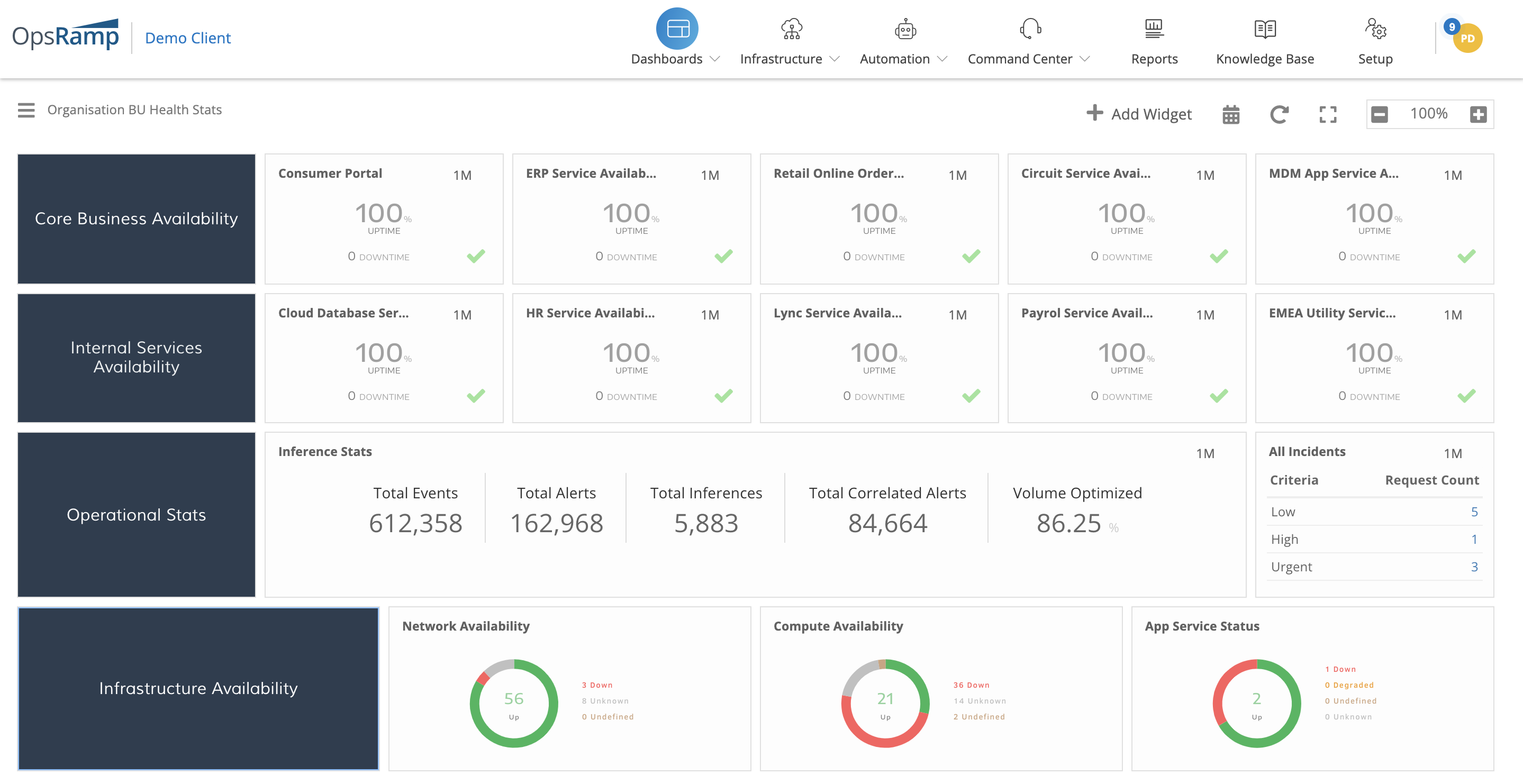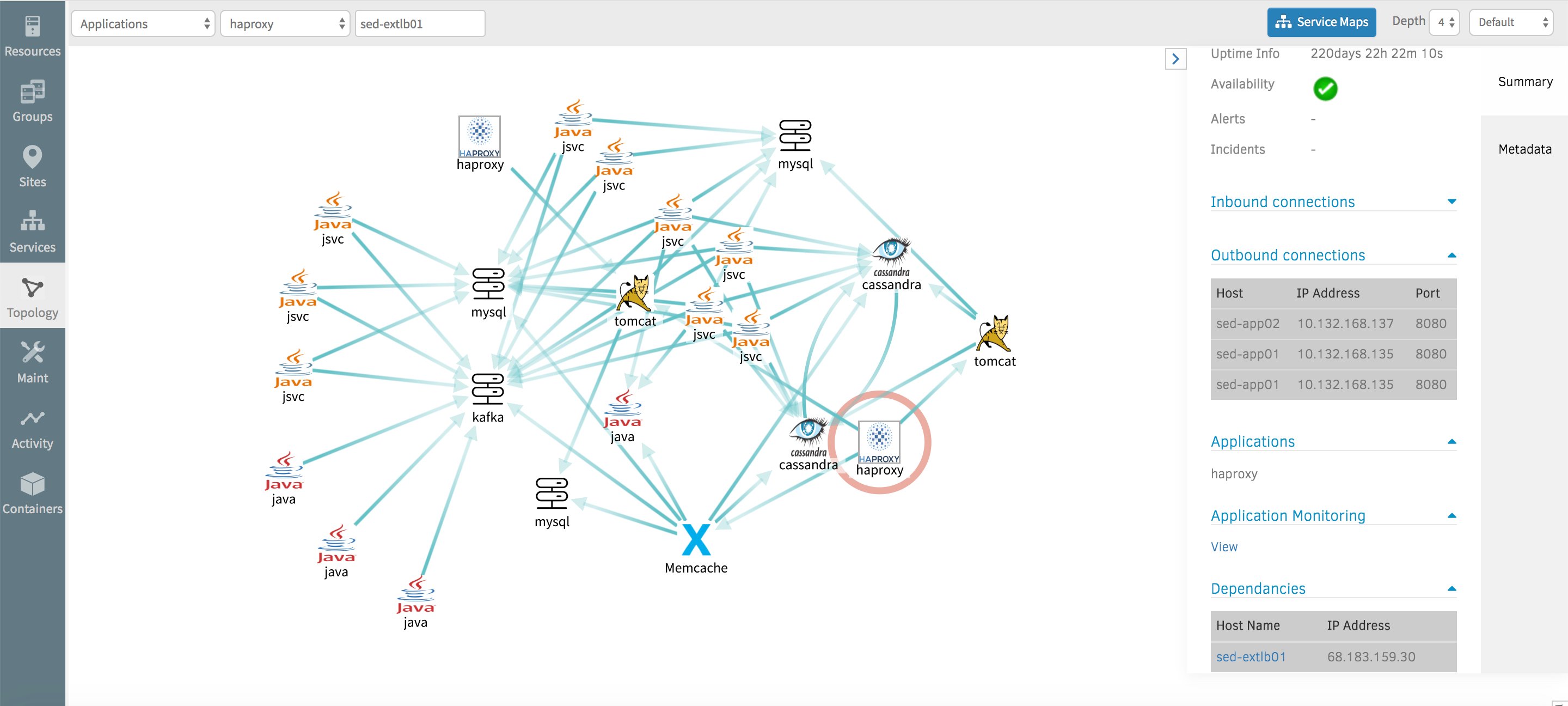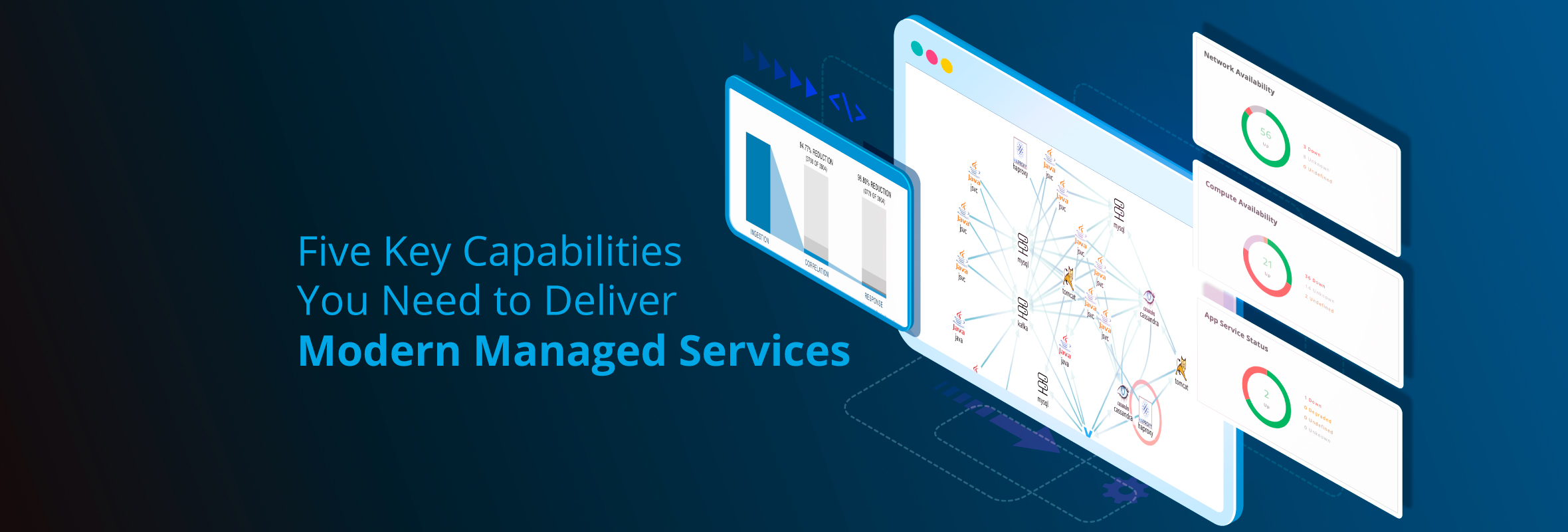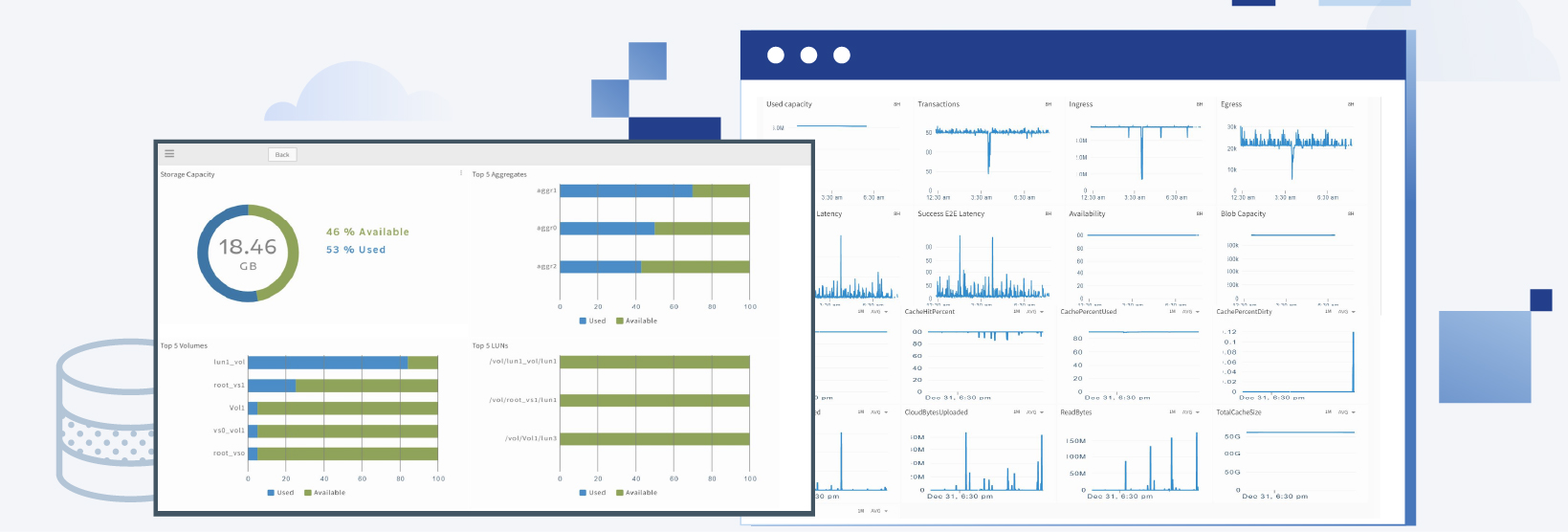Enterprises use managed service providers (MSPs) to handle their distributed IT environments in a flexible, responsive, and cost-effective manner. Service providers that help enterprises embrace digital business models and deliver outstanding customer experiences will see faster revenue growth and better profitability.
With global spending on cloud services expected to touch $482 billion in 2022, service providers will need to invest in modern tools that can handle cloud complexity and hire new staff that can support a hybrid IT estate. MSPs that use OpsRamp’s scalable and powerful multitenant IT operations platform can focus on delivering differentiated and cost-effective managed services with zero-touch onboarding, unified insights, predictive analytics, and automated remediation.
Here are five key capabilities the OpsRamp platform offers to help you deliver more modern managed services:
- Hybrid Monitoring. Service providers work with enterprise customers that are at different stages of the cloud adoption journey. For a particular customer, delivery staff might have to maintain the health of monolithic ERP systems hosted on datacenter infrastructure while a different customer might require monitoring of an eCommerce store running on Amazon Web Services.
Service providers can rely on OpsRamp’s monitoring coverage for both traditional and modern workloads to support a wide range of hybrid IT use cases. MSPs can track the performance of compute, storage, and network infrastructure from technology vendors such as Arista, Cisco, Citrix, Cohesity, Dell, F5 Networks, Hitachi, HPE, Juniper, NEC, NetApp, and Nutanix. Cloud operators can also handle a dynamic cloud footprint with OpsRamp’s support for 160+ cloud services across Amazon Web Services, Microsoft Azure, and Google Cloud Platform. They can also monitor the health of distributed microservices running on Kubernetes clusters with PromQL dashboards.
What’s more, service providers can ensure a great user experience across online services and web applications with synthetic monitoring. Delivery engineers can track the health of open source applications, commercial software, and database systems and gain greater visibility into performance problems along with faster recovery from unexpected downtime.
Want to try it yourself? Start today with the OpsRamp Free Trial. - Service and Topology Maps. Topology maps showcase live dependencies between IT services, applications, middleware, and infrastructure based on physical or logical connections. MSPs can use topology context to understand how different technology components in a service interact with each other.

Service maps connect logical groups such as NOC teams to the workloads they support and couple such workloads to the underlying infrastructure. Staff can identify IT outages across customer environments and pinpoint which teams need to quickly address an incident. Engineers can also use service maps to figure out the revenue impact of service degradations and take the right actions to mitigate an issue before customers notice.
Service maps can be extended to track the performance of infrastructure not natively monitored by OpsRamp. Using external events, engineers can map third-party resources to service maps and drive faster impact analysis without having to context-switch between multiple IT tools. - Event and Incident Management. Service providers can triage, troubleshoot, and resolve incidents promptly using OpsRamp’s platform and its advanced AIOps capabilities. They can reduce event noise and gain visibility for problem identification, root cause(s) analysis, and incident classification, assignment, and routing.
.png?width=2878&name=AlertStats(aiops).png)
Whether it’s event correlation, probable causation, first-response policies, anomaly detection, alert escalation, or automated remediation, service providers can manage every stage of the incident management lifecycle. AIOps can transform how service providers proactively avoid imminent failures, improve service levels, and drive operational resilience for their customers.
Managed services teams can ensure faster mean-time-to-resolution and reduce the cost of maintaining IT services with machine learning that analyzes and processes historical and real-time data across different customers. MSPs who have leveraged these AIOps capabilities in the OpsRamp platform have eliminated up to 95% of time spent on reactive IT management and have improved service performance and user experiences by accelerating incident response and problem resolution for unplanned disruptions. - Integrations. Service providers can use OpsRamp’s out-of-the-box integrations to extend their current tool investments, support a broad range of IT management tools used by their customers, and ensure operational visibility by aggregating insights across various domain-centric solutions.
Engineers can use OpsRamp to ingest, process, and analyze events from third-party monitoring tools such as AppDynamics, Datadog, Dynatrace, Elastic, New Relic, Pingdom, Prometheus, Splunk, Sysdig, and Zabbix. Service providers can cut down on repetitive event notifications from different monitoring tools and quickly pinpoint possible causes for anomalous alerts.
Delivery teams can then forward OpsRamp alerts and automatically create corresponding incidents in IT service management tools such as ServiceNow, BMC Remedy, Freshservice, Ivanti, Cherwell, and Zendesk. Operators can ensure faster incident identification, analysis, prioritization, and response with rich event context that ensures situational awareness and rapid troubleshooting. - Patch Management. Service providers need visibility into potential threats and weaknesses so they can assess security risks across customers and implement a proactive approach for mitigating vulnerabilities. Delivery teams can use OpsRamp to reduce manual efforts for OS patching with centralized configurations for patch scanning, approval, distribution, and installation.
MSPs can use OpsRamp to understand specific vulnerabilities, conduct pre and post-patch impact assessments for hybrid infrastructure, and deploy automated patching schedules for Windows and Linux resources. Staff can scan for missing OS patches, build a patch feed repository, create patch baselines, and then roll out patches across their entire customer base. Service providers can save on the effort needed for rolling out patching and cut down the overall time for deployment, installation, reboot, and post-reboot patch verifications.
As digital transformation adds greater complexity to modern enterprise IT environments, MSPs need a platform approach to gain visibility and drive efficiency at scale. Leading service providers use OpsRamp’s multitenant, multi-tier platform to ensure data segregation and separation across hundreds of customers and geographic locations. They can manage a global customer footprint with a modern platform that accelerates service delivery, enhances staff productivity, and reduces repetitive work.
Next Steps:
- Check out our OpsRamp for Managed Service Providers page.
- Read the Blog: Ten Reasons Why MSPs Choose OpsRamp for Hybrid IT Operations Management
- Read the Blog: MSPs: Time to Reinvent
- Sign up for a Free Trial of OpsRamp Cloud Monitoring





